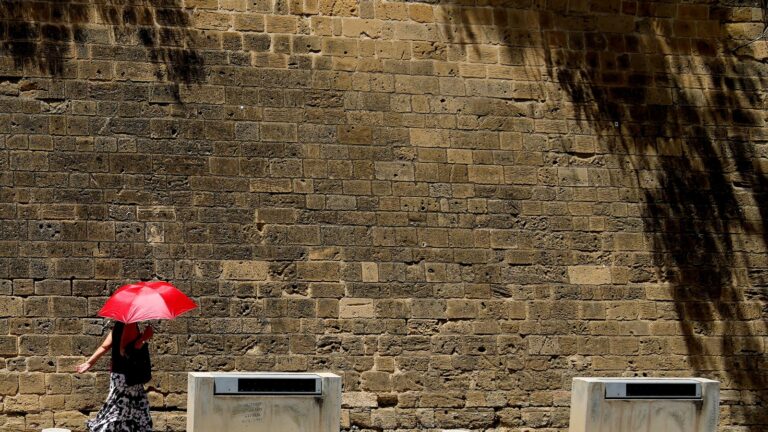The coming heatwave will break records for maximum temperatures in geographical regions of the United States. Forecasters are warning people living in the central and eastern regions to prepare for extreme heat in the coming weeks. This year has been recorded as the hottest ever, and the 12-month global heatwave record is clear evidence of global warming. However, officials have been preparing for such extreme weather for some time across the United States to keep vulnerable residents, such as the elderly, children, and those with underlying health conditions, cool. Next week will determine the success of these preparations.
Heatwaves hit harder in parts of the US
The heatwave stretches from Texas to New England, but it also hit the Southwest this week, with temperatures reaching 113 degrees Fahrenheit in Phoenix, Arizona. The heatwave in the U.S. is far from over. The National Weather Service said areas under warnings “are at high risk of heatstroke and illness unless effective cooling and adequate hydration are implemented.”
Temperatures are expected to exceed 90 degrees, according to the Associated Press. Of particular concern is the Ohio Valley and Northeast, especially Detroit, where the region could see consecutive days of scorching heat, with temperatures reaching 96 degrees on Monday.
Similarly, the Boston and Philadelphia areas will experience extreme heatstroke as temperatures rise to 95 and 97 degrees, respectively, coupled with humidity.
Related article: Elon Musk expresses concern about EVM ahead of US presidential election, calling it “risky”
Precautionary measures taken by authorities
Traditional solutions such as issuing warnings to areas at high risk of heat waves and encouraging people to be careful of pets, children, and the elderly are essential. However, in the wake of record-breaking heat waves, officials have opted for creative measures this summer. According to USA Today, spokesperson Amy Palmer said that along with a preventative action plan, the California Department of Emergency Services has enabled text and social media messaging to provide immediate warnings about heat waves, especially to people who work outdoors and those in vulnerable populations.
Portland, Oregon, learned from the bad experience of the 2021 heat dome and has made it possible for residents to call 311 to request air conditioning in preparation for the state’s heatwaves. Meanwhile, in Phoenix, emergency workers are using the “ice immersion” method for those affected by the heat wave. They carry plastic bags filled with water and ice and immerse those who are unwell and suffering from 104-degree burns in water to cool them down before arriving at the hospital.

